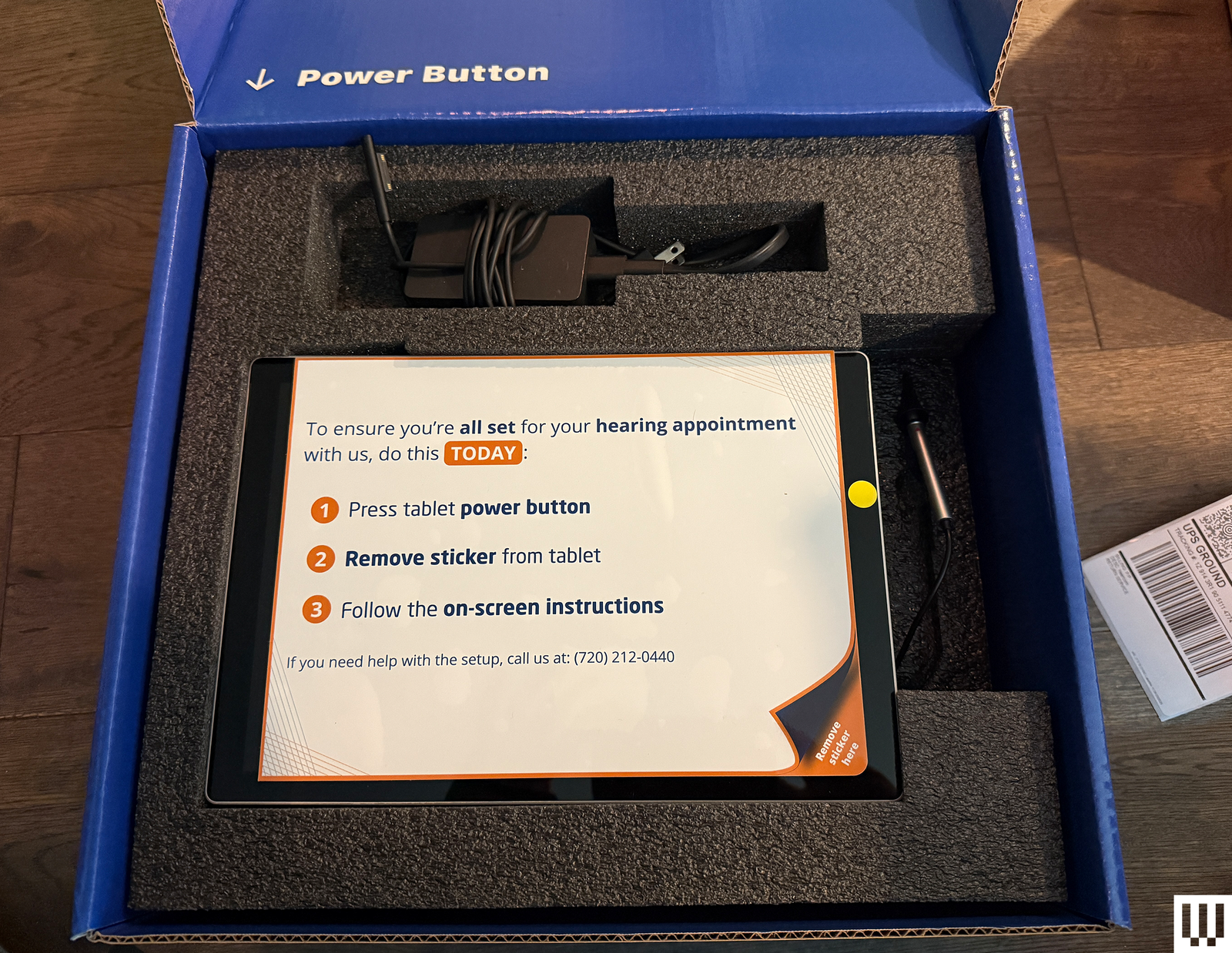
When testing baby cribs, we focus on three main criteria: ease of assembly, construction quality, and how easy it is to change the height of the mattress.
Ease of assembly: Is it simple to put the crib together, or is it so complicated that you might find yourself in tears before the crib’s even built? Assembling a crib should be straightforward enough that you would not need to hire a professional, but some setups can be overly complicated. To assess this, Muratore uses a methodology known as the Consumer Assembly Friendliness (CAF) score. The CAF considers the total number of parts, how many actions it takes to assemble, and the number of different types of parts to reach a total score. The fewer parts, the better for each metric. The final score factors into our ratings and recommended models.
Construction quality: Our testers look at the primary crib material, the type of mattress support (slats or platform), and how the support is attached to the crib itself. They also look at the placement of the required safety label—parents may be tempted to remove obtrusively placed safety warning labels, like if they’re visible above the sleeping baby’s head—as well as how easy the label is to remove. (Remember: The label contains important safety information that’s vital for all caregivers, so don’t remove it!) Muratore’s team also checks for any flaws or defects in the construction of the crib, such as dents or nicks that were painted over rather than repaired, parts that don’t fit together perfectly, and inconsistent colors.
Ease of changing mattress support height: Young infants should sleep in a crib at the crib mattress’ highest support height. As the baby gets older and can start rolling over or pushing up on their hands and knees, you should lower the mattress, decreasing the likelihood that the baby will be able to lift themselves or climb out. Typically, parents need to change the crib mattress height only a handful of times, so this makes up a small fraction of the total score of each crib. However, the ease of this essential task nevertheless adds to the overall experience a parent will have with their baby’s crib. We look at how easy or difficult it was to accomplish this task, and whether it requires two adults or one.
A note on convertibility: Most of the cribs we test are convertible, which means you can modify them into toddler beds, daybeds, and even full-sized beds down the line. Consumer Reports refers to the convertibility listed in each crib’s manual, which may occasionally differ from what the company advertises. It’s a smart idea to buy any necessary conversion kits at the same time you purchase your crib (or add them to your registry), so you can make sure the style or color doesn’t go out of stock before you need them. Be sure to hold on to the instruction manual and any spare parts or tools that come with your original crib, too—and follow directions for conversion exactly as outlined.









